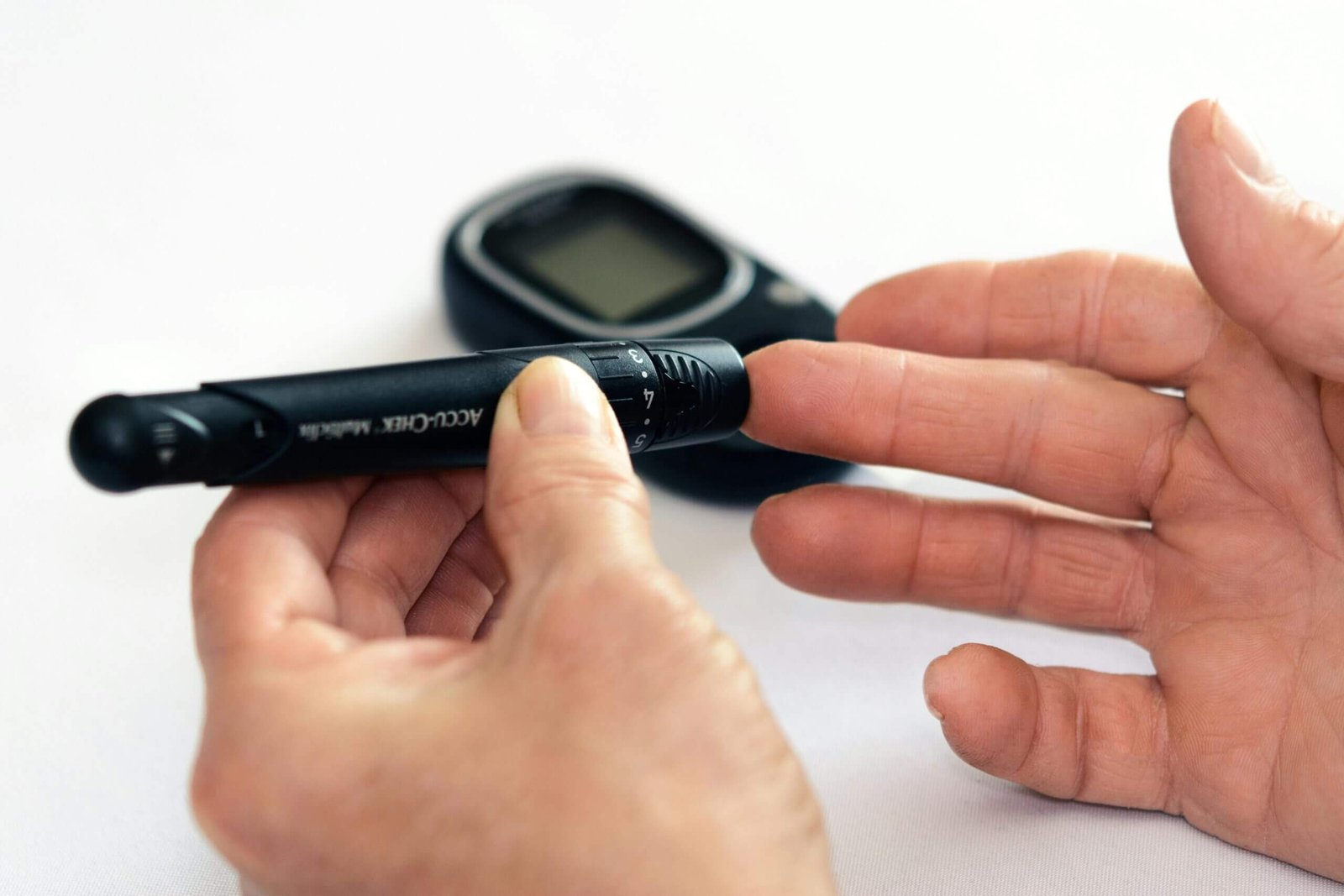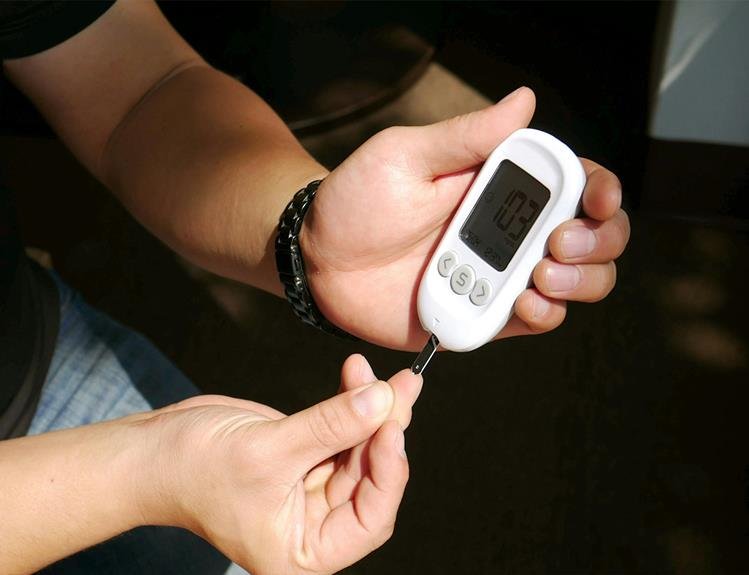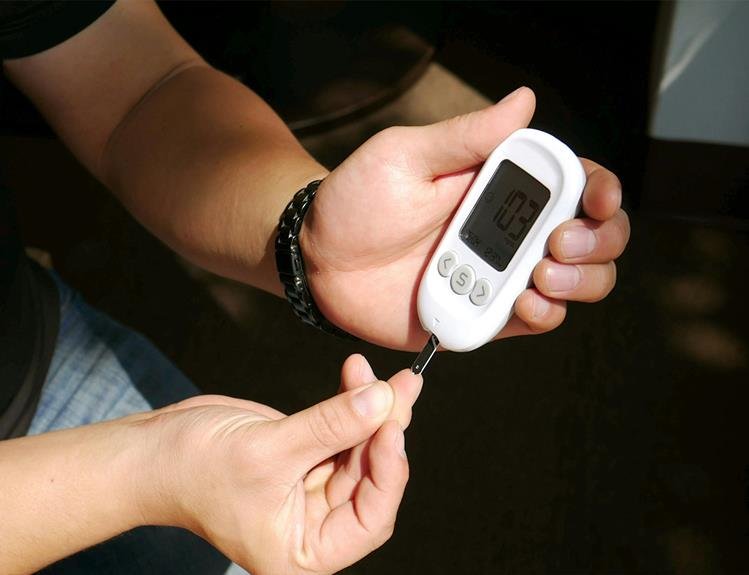Understanding the Signs and Symptoms of Diabetes in Children
Diabetes is a chronic disease that affects millions of people worldwide, and its prevalence is rapidly increasing. While it is commonly associated with adults, it is also a growing concern for children. According to the Centers for Disease Control and Prevention, diabetes is one of the most common chronic diseases in children and adolescents, with an estimated 1.6 million American youth living with the condition. As parents and caregivers, it is crucial to be aware of the signs and symptoms of diabetes in children, as early diagnosis and management can greatly improve their quality of life. In this article, we will delve into the various types of diabetes, the signs and symptoms to look out for, and the importance of early detection and treatment. With a professional tone, we aim to provide a comprehensive understanding of diabetes in children, equipping readers with the knowledge to recognize warning signs and take necessary precautions. So let us explore the intricate details of this complex disease and empower ourselves to better care for the young ones in our lives.
Early detection can save lives.
In the realm of healthcare, it is widely accepted that early detection can be the key to saving lives. This principle holds true across various medical conditions, including diabetes in children. By identifying the signs and symptoms of diabetes at an early stage, healthcare professionals and parents can intervene promptly, preventing complications and ensuring appropriate management of the condition. Early detection not only improves the child’s immediate health outcomes but also empowers them to lead a healthier, more fulfilling life in the long run. With the growing prevalence of diabetes among children, understanding the value of early detection becomes paramount in safeguarding their well-being and overall quality of life.
for more articles on diabetes click here
Monitor for frequent thirst and urination.
It is essential for parents and healthcare professionals to monitor for frequent thirst and urination as potential signs of diabetes in children. Excessive thirst, also known as polydipsia, can be indicative of high blood sugar levels caused by the body’s inability to properly regulate glucose. Similarly, increased urination, or polyuria, may occur as the body attempts to eliminate excess sugar through urine. These symptoms should not be taken lightly, as they can be early warning signs of diabetes in children. By closely observing and documenting any noticeable changes in thirst and urination patterns, parents and healthcare providers can play a crucial role in identifying and addressing potential diabetes cases in children, thereby promoting early intervention and effective management of the condition.
Look for unexplained weight loss.
Unexplained weight loss can also be a significant indicator of diabetes in children and should not be overlooked. Children with undiagnosed diabetes may experience weight loss despite normal or increased appetite. This occurs because the body is unable to properly utilize glucose for energy and instead starts breaking down fat and muscle tissues. It is important for parents and healthcare professionals to be vigilant for any unexplained weight loss in children, as it may be a potential sign of an underlying health condition such as diabetes. Timely recognition and appropriate medical intervention are crucial in managing diabetes and preventing further complications. Therefore, it is imperative to carefully monitor a child’s weight and consult a healthcare professional if unexplained weight loss is observed.
Watch for extreme hunger and fatigue.
Children with diabetes may also exhibit signs of extreme hunger and fatigue. This is due to the body’s inability to effectively regulate blood sugar levels. When glucose is unable to enter the cells to provide energy, the body signals a need for more fuel, resulting in persistent feelings of hunger. Additionally, without sufficient glucose for energy, children with diabetes may experience excessive fatigue and lethargy. It is essential for parents and caregivers to be aware of these symptoms and seek medical attention if they persist or worsen. Proper management of diabetes through lifestyle changes and medication can help alleviate these symptoms and improve a child’s overall well-being.
Pay attention to changes in vision.
Changes in vision can also be an important indicator of diabetes in children. Fluctuating blood sugar levels can affect the lens of the eye, leading to blurred vision or difficulty focusing. Parents should be observant of any complaints about blurry or hazy vision from their child, as well as instances of eye strain or squinting. Additionally, frequent changes in prescription for glasses or contact lenses may be a sign of underlying diabetes. It is crucial to consult with a healthcare professional if any changes in vision are noticed, as early detection and management of diabetes can help prevent further complications and ensure the best possible outcome for the child’s health.
Don’t ignore persistent infections.
Persistent infections should not be ignored when it comes to the health of children, particularly in the context of understanding the signs and symptoms of diabetes. While infections are common in children, it is important to pay attention to those that persist or recur frequently. Persistent infections, such as urinary tract infections, yeast infections, or skin infections, can be indicative of an underlying health issue, including diabetes. These infections occur due to high blood sugar levels that create an environment favorable for bacterial and fungal growth. Therefore, it is crucial for parents and caregivers to closely monitor their child’s health and seek medical attention if they notice any recurring or prolonged infections, as early diagnosis and management of diabetes can significantly improve the child’s overall well-being and long-term health outcomes.
Be aware of mood changes.
It is also essential for parents and caregivers to be aware of mood changes in children when considering the signs and symptoms of diabetes. Fluctuations in mood, including increased irritability, frequent mood swings, or unexplained changes in behavior, can sometimes be linked to high or low blood sugar levels. These fluctuations can affect a child’s emotional well-being and impact their daily activities and interactions. Therefore, it is crucial to monitor and recognize any significant changes in a child’s mood and seek medical advice if these changes persist or are accompanied by other symptoms associated with diabetes. By staying vigilant and responsive to mood changes, parents and caregivers can help ensure early detection and appropriate management of diabetes, ultimately promoting the overall health and happiness of the child.
Seek medical attention immediately.
In any situation where a child is displaying severe or rapidly worsening symptoms of diabetes, it is imperative to seek medical attention immediately. Delaying medical intervention can potentially lead to serious complications and put the child’s health at risk. If a child is experiencing symptoms such as extreme fatigue, excessive thirst, frequent urination, unexplained weight loss, or persistent stomach pain, it is essential to contact a healthcare professional right away. Prompt medical evaluation and diagnosis can provide the necessary support and treatment to manage diabetes effectively and prevent further complications. It is crucial to prioritize the well-being of children by taking immediate action when concerning symptoms arise.
In conclusion, recognizing the signs and symptoms of diabetes in children is crucial for early diagnosis and treatment. As parents, caregivers, and health professionals, it is our responsibility to educate ourselves and those around us about this chronic condition. By being aware of the warning signs and seeking medical attention when necessary, we can help children with diabetes live happy, healthy lives. Let us continue to spread awareness and support those affected by this disease.
FAQ
What are some common signs and symptoms of diabetes in children that parents should be aware of?
Common signs and symptoms of diabetes in children include frequent urination, excessive thirst, unexplained weight loss, fatigue, irritability, blurred vision, and slow wound healing. Parents should be aware of these signs and consult a healthcare provider if they notice any of these symptoms in their child. Early detection and management of diabetes are crucial in preventing complications and ensuring the child’s well-being.
How can parents differentiate between the symptoms of type 1 and type 2 diabetes in children?
Parents should look out for common symptoms of diabetes in children such as frequent urination, excessive thirst, unexplained weight loss, fatigue, and irritability. Type 1 diabetes often presents more abruptly with rapid onset of symptoms, while type 2 diabetes may develop more gradually and be associated with a family history of diabetes, obesity, or sedentary lifestyle. However, it is essential to consult a healthcare professional for proper diagnosis and management as symptoms can overlap between the two types of diabetes.
Are there any early warning signs of diabetes in children that may be easily overlooked?
In children, early warning signs of diabetes that may be easily overlooked include increased thirst, frequent urination, sudden weight loss, fatigue, irritability, blurred vision, and recurrent infections. These symptoms can sometimes be mistaken for other conditions or attributed to normal childhood behavior, so it’s important for parents to be vigilant and consult a healthcare provider if they notice any concerning changes in their child’s health. Early detection and management of diabetes in children is crucial for preventing serious complications.
How important is it for parents to seek medical attention if they suspect their child may have diabetes?
It is crucial for parents to seek medical attention immediately if they suspect their child may have diabetes. Early diagnosis and treatment are essential in managing the condition and preventing complications. Delaying medical attention can lead to serious health issues and impact the child’s long-term well-being. Parents should not hesitate to consult a healthcare professional if they notice symptoms such as excessive thirst, frequent urination, unexplained weight loss, or fatigue in their child. Early intervention can make a significant difference in managing diabetes successfully.
What role do regular check-ups and blood sugar monitoring play in managing diabetes in children?
Regular check-ups and blood sugar monitoring are crucial in managing diabetes in children as they help in tracking the child’s blood sugar levels, medication effectiveness, and overall health. These routine assessments enable healthcare providers to make necessary adjustments to the treatment plan, educate families about lifestyle modifications, and prevent potential complications. By closely monitoring blood sugar levels, children can maintain better control over their diabetes, leading to improved quality of life and reduced risks of long-term health complications. Regular check-ups also provide an opportunity to address any concerns or issues promptly, ensuring optimal management of the condition.






